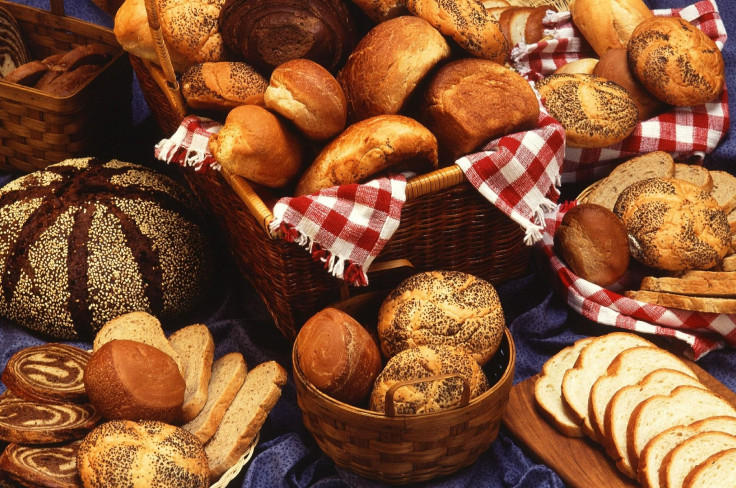Celiac Disease Symptom: Deficiency Of This Mineral Could Be A Warning Sign
KEY POINTS
- > 3 million Americans diagnosed with celiac disease
- Only about 20% of them get the right diagnosis
- Anemia could be an early warning sign of the condition
With more than 3 million Americans diagnosed, celiac disease is a genetic disorder that runs in the family. Individuals with a first-degree relative who has celiac disease have a 1 in 10 risks of developing the condition. It is an autoimmune disorder that occurs in genetically predisposed individuals where eating foods with gluten can cause damage to your small intestine.
Since the celiac disease can develop at any age, when you eat food or medicines containing gluten, it is necessary to identify the early symptoms and get treated at the earliest. When left untreated, celiac disease could lead to additional health consequences.
An early warning sign to watch out for- Iron deficiency
Iron is a vital micronutrient that might get depleted in celiac disease patients. This is because of increased blood loss or impaired iron absorption. Symptoms of iron deficiency include weakness, fatigue, headache, dizziness and chest pain.
A 2014 study has documented that among 34 kids with celiac disease, about 15% of them had mild to moderate iron-deficiency anemia.
Also, individuals with anemia were twice likely to have severe damage to their small intestines and suffer a low bone mass caused by celiac disease, reported a 2013 study.
In most cases, impaired duodenal mucosal uptake of iron is evident since there is a reduction in the surface absorptive area in the duodenum. Several other complications in the small intestine including ulceration or neoplasia can also be responsible for blood loss.
Other symptoms of celiac disease include diarrhea, gas, bloating, fatigue, weight loss, constipation, itchy skin rashes, and depression.
Being a lifelong condition, celiac disease has no cure. Individuals diagnosed with this condition can manage their symptoms effectively by following a gluten-free diet strictly. This would involve eliminating food substances such as pasta, bread, cakes, pies, dressings, crackers, beer, sauces, and oats. There are several gluten-free food options including fruits, vegetables, rice, quinoa, meat, seafood, poultry, legumes, nuts, herbs, and spices.
If you suspect having celiac disease, it is recommended that you discuss it with your doctor and get yourselves tested for it. Do not go on a gluten-free diet until you get tested for the disease, says Healthline.

© Copyright IBTimes 2024. All rights reserved.






















